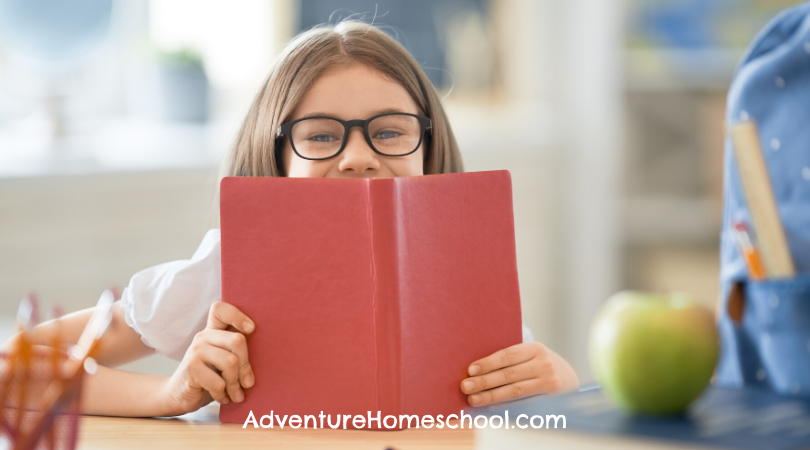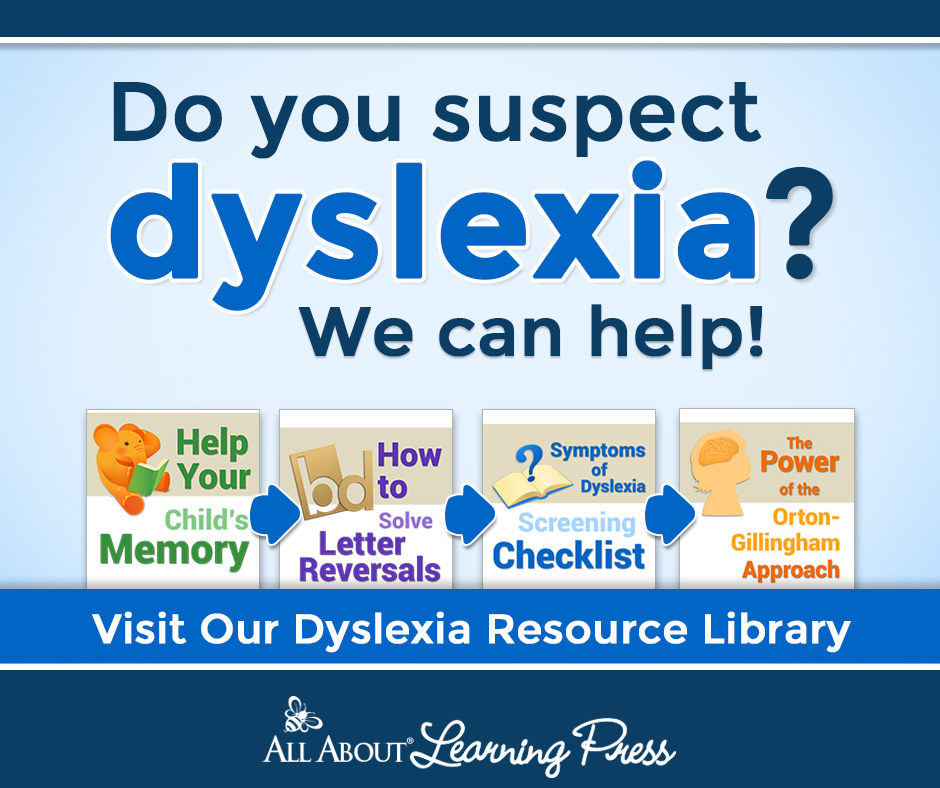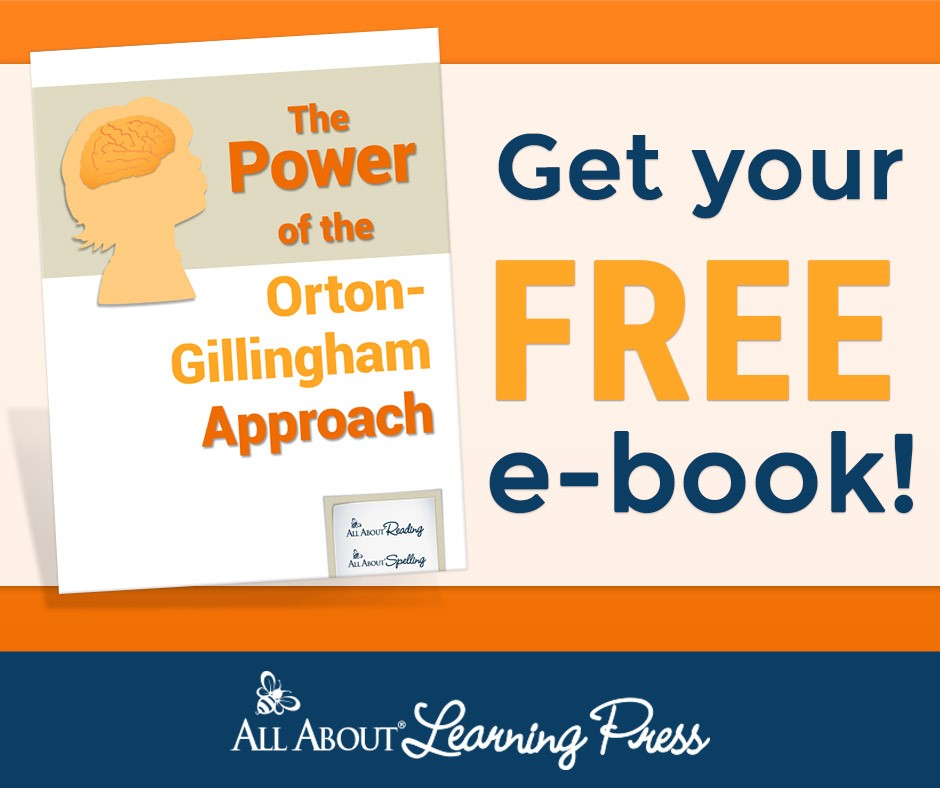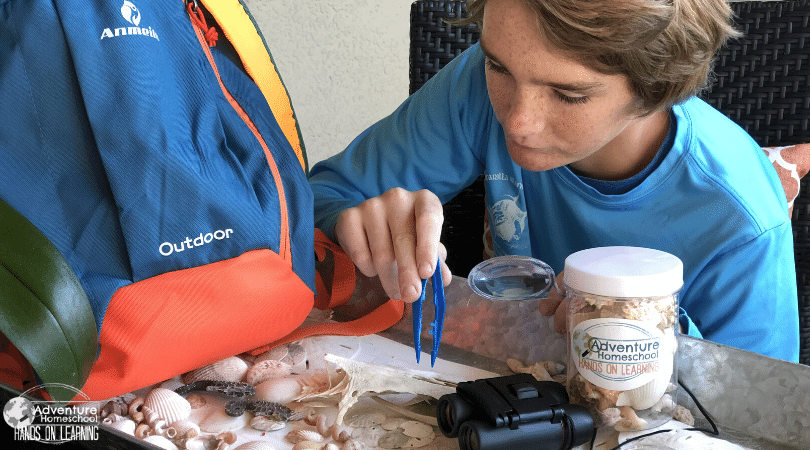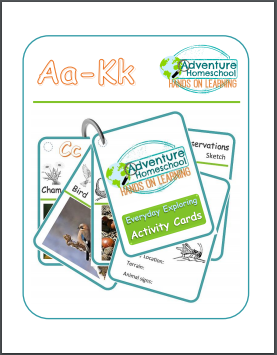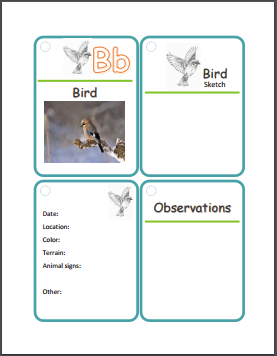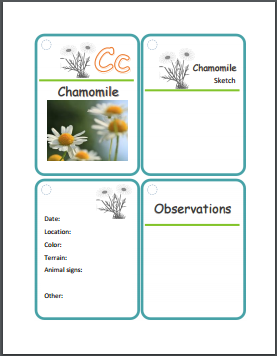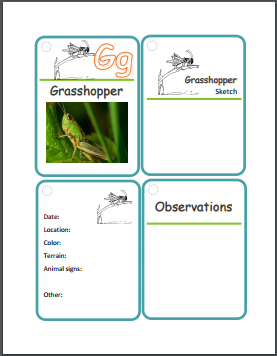
If you have wondered, “What should my preschooler be learning?”, you are not alone. I’m asked this question over and over again when it comes to homeschooling. Parents, even as early as preschool, want to make sure they haven’t missed any critical steps in the education of their children.
The good news is, you’ve got this! If you’ve put enough thought into it to do the research that led you here, you are more than capable of giving your preschooler what they need.
As your children are moving from being babies towards becoming ready for kindergarten, they need to achieve certain milestones in growth and development to help them.

What Should My Preschooler Be Learning?
Well, let’s take a look at some of the milestones that begin taking place during this age.
Motor development makes great improvement during this stage. Hand-eye coordination begins to come together. Kids develop a sense of self and begin to get a sense of others. They become interested in learning about their bodies and the world around them. The beginning stages of genuine empathy develop as kids learn to identify emotions. Huge jumps in language take place during this time.
During the preschool years, children go from using 2-3 word sentences to speaking in full sentences and forming complete thoughts and ideas. Letter and number recognition, and the foundation for reading is formed. In the preschool years, children learn to recognize the pictures that go along with a story being read to them.
Their minds begin to associate what they are seeing with the story they are hearing, and they begin to think creatively and make simple predictions about what might happen next.
There is a extreme amount of growth and development taking place during the ages of 2-4 years old.
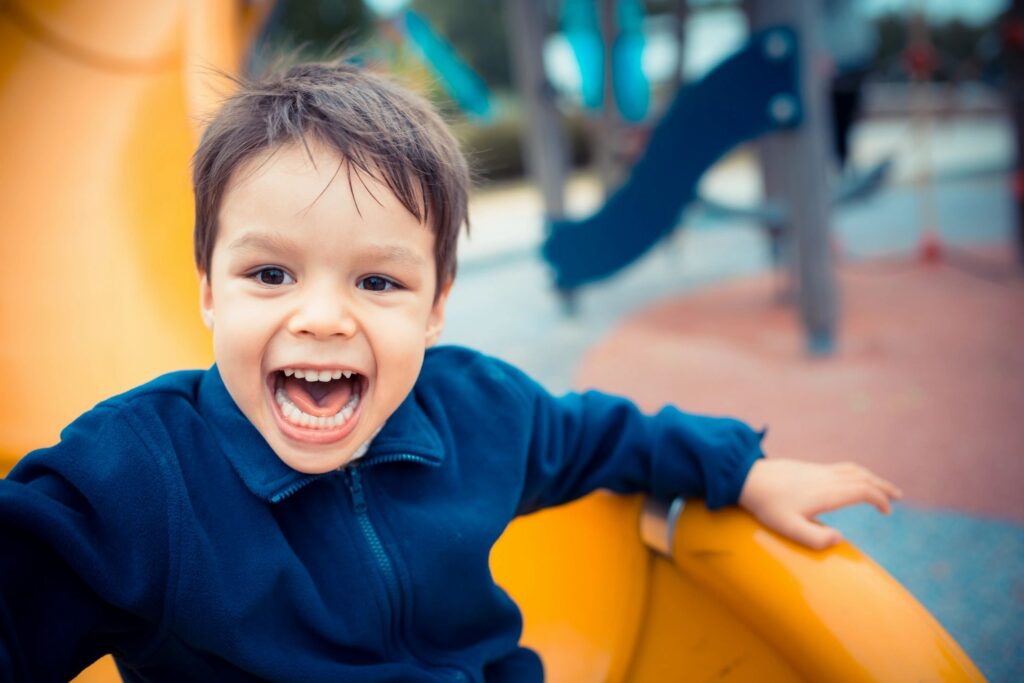
Planning Your Preschool
With the expected milestones in mind, we can prepare a suitable plan for the learning that will take place during this time. Keep in mind that each child is different and will master various skills at different times. These goals and intentions should provide an appropriate guide for your home learning.
Physical Well-Being and Motor Development
Movement and coordination improve with practice as does hand-eye and foot-eye coordination. The great news is that simply doing things that preschoolers love to do are the key to success. Let them practice catching, aiming, kicking, throwing – all which can be easily done by tossing a ball back and forth. Let them learn to ride, balance, climb, and dance. Singing and clapping, and jumping can be done during a music time. Any good music will do, but songs they can learn to sing or follow, such as: Head, Shoulders, Knees, and Toes and other preschool songs with movement, like these.
Practicing commands like “walk” “stop” “run” “freeze” “down” “up” (you get the idea), practicing such commands can actually help protect them. By playing little games in the yard or across the house where you shout a command and they comply, perhaps taking steps forward one at a time until they reach you – well, it could save their life. If they have actually practiced responding to “freeze” or “stop”, they are more likely to respond to it in a potentially dangerous situation.
Of course, that is just an added benefit of practicing such things. What they are really doing is learning to control and develop muscle movement and coordination. In the process, they are becoming familiar with the vocabulary of movement. Challenge them to find different ways to move across the room. For example, they might crawl across, scoot across, walk backwards, sideways, roll. Discuss what they are doing and give it vocabulary. “I see you can jump across the room” or “Oh, you can go sideways across the room, how else can you go?” Songs and movement should be part of an every day “curriculum” for preschool development. Why not combine the two? Schedule it once of twice a day, depending on your child, for about 10 minutes each session. As a matter of fact, you’ll find that most preschool learning takes place in 10 – 15 minute increments.
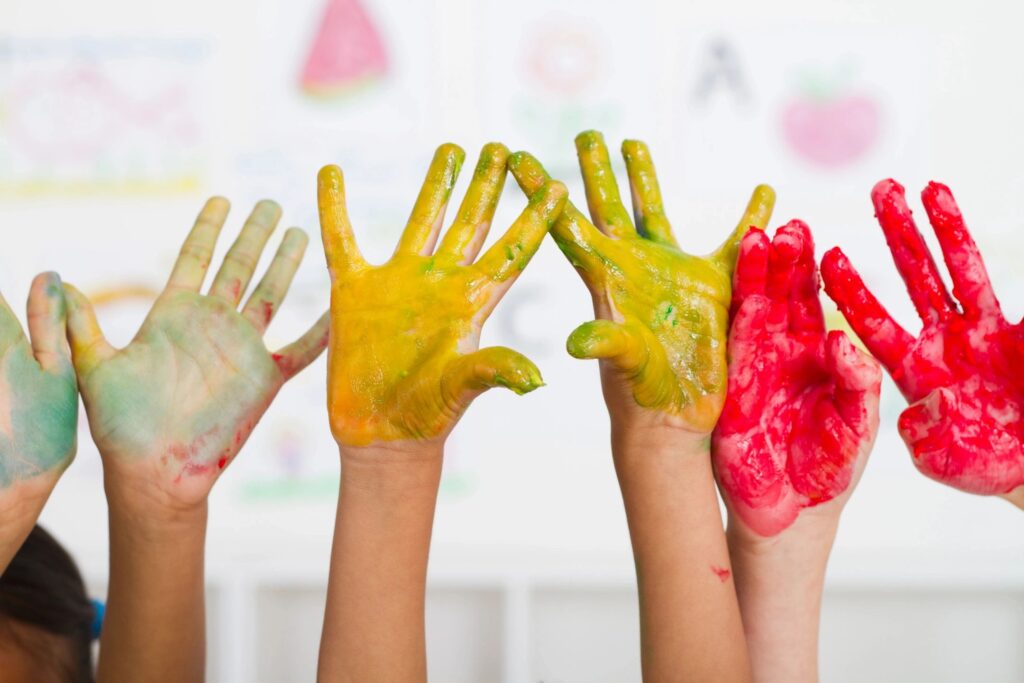
Sense of Self and Others
Preschoolers gain a sense of self, of their role in the family and learn they can contribute as they learn to care for themselves and help around the house. They can take a sense of pride (and love sticker rewards) for properly brushing teeth, helping make the bed, even setting the table and helping with laundry. While it’s true that having them participate in such activities in the house can sometimes be extra trouble, you might actually have to do it over when they aren’t looking, it helps them understand that they are a valuable and contributing member of the family.
If you are sweeping, you’ll find they are also interested in sweeping. Why not let them have a section of the room? While you sweep one part, they work another, then trade. These things help with motor skills development as well as teaching a sense of self and an introduction to important life skills and habits.
Especially if they have made a mess, teaching them the words to use and what to do is a part of helping them develop needed skills. “Oh boy, you have a spill. Let’s get the cloth and wipe it up so it doesn’t stain.”
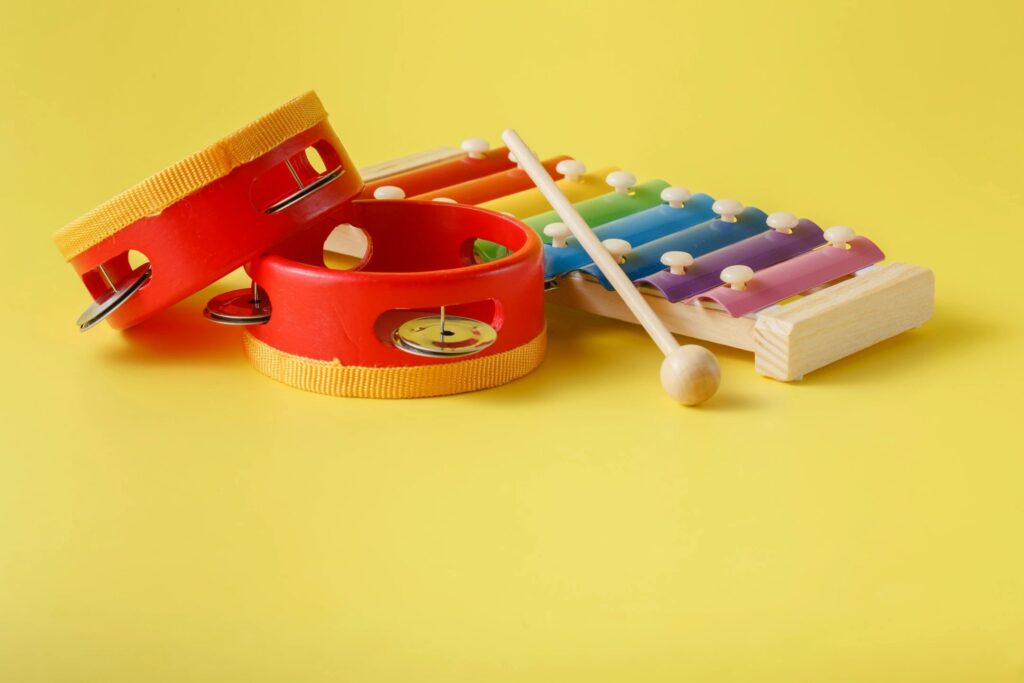
What Should My Preschooler be Learning – Language Development
Oral language development takes place not only in everyday conversation as we have noted above, but also by exploring. Nursery Rhymes, Poems, Songs all play a critical role. Storybook Reading and Storytelling are important. Kids soak up the information, the language, critical thinking, creativity, imagination, and so much more as they listen to daily stories.
A morning story and a later story is suitable, but take the lead from your child. If they cannot yet sit still for an entire storybook, try reading part of it before a quick stretch and little break. Then come back to sit and finish the book. Over the course of the year, their abilities should improve greatly. After reading a storybook, you can reinforce the language vocabulary by talking about the story. Ask questions like, “Why was the little girl sad?” “I felt bad for her at first, did you?” “What was it that made her happy again?”
Language instruction, usage, and development all take place as kids play. It grows as they hear stories, sing songs, look at pictures, and carry on conversation. Free play is an important part of childhood learning. Guiding some of the play time in a more constructive manner can be helpful to reinforce lessons.
Preschoolers are eager to learn. They are curious by nature and if you are engaged with them and excited about something, they will be too. Help them to enjoy learning by playing games, singing songs, and including these types of things as you go throughout your day:
- Recognizing things that belong together and things that don’t belong.
- Identifying opposites
- Arts and Crafts – coloring, finger painting, brush painting, stringing beads or pasta & more!







